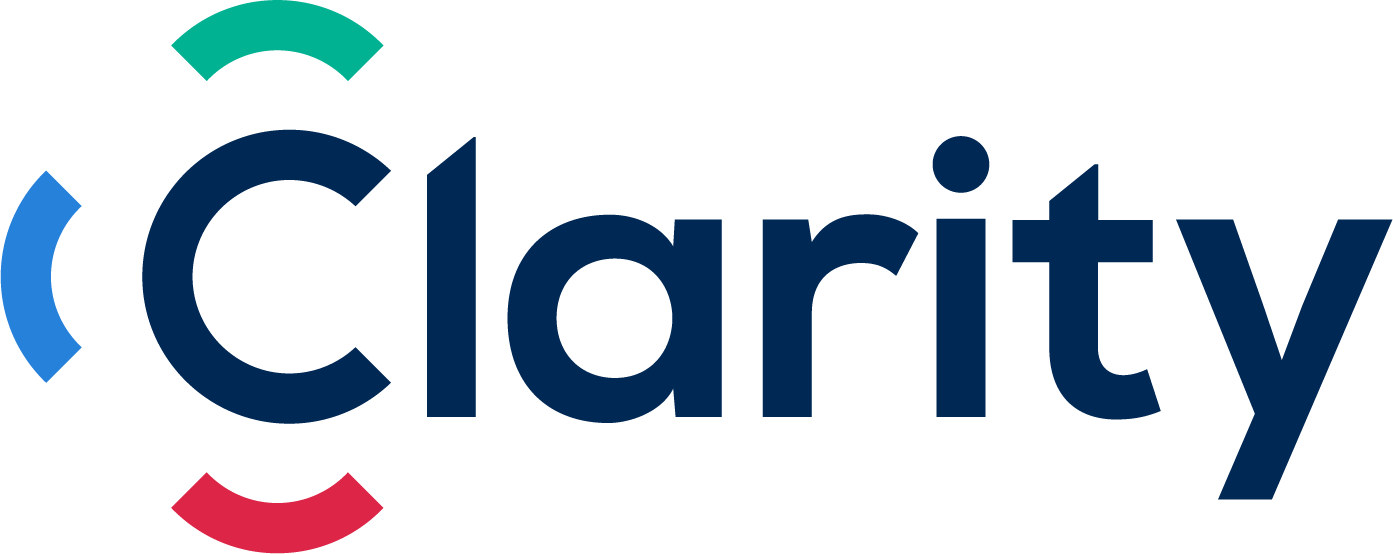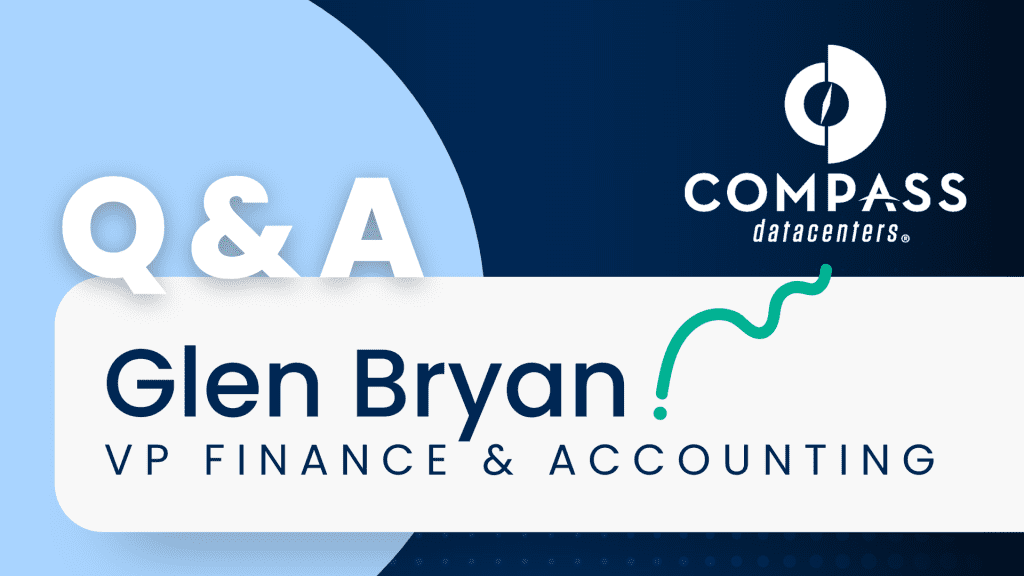Sesame Street was on to something back in the day (whatever day that was – we may be dating ourselves with that reference). At one point, in an inspired moment of off key brilliance, Ernie and Elmo warble, “I’ll take my something that you like and you’ll take your something that I like, then put both things together and share.” Lovely and somewhat prophetic.
Shared service functions, along with outsourcing, are two different strategies that leverage expertise within a specialized team – think the A Team with some serious numbers skills.
For this article we sat down with a VP Finance who shared their experience with shared services and outsourcing to maximize planning, cost savings and strategic execution.
Shared Services and Outsourcing
Let’s start with a definition. Shared services is a specific unit that is focused on defined business functions. This includes people, technologies and processes.
When does an organization start thinking about establishing a shared service? Does the finance team need to reach a level of maturity before the true benefits of a shared service are realized?
You would likely be waiting until the business and finance functions had evolved to a point where people knew how they needed to be organized, the kind of skill sets required and the support that the business demanded to succeed. For example, we might ask ourselves what kind of analytics we wanted and if there was a secure/stable process in place? Once we had all of that, we could look at transitioning that process to somebody else.
How do you make a choice between developing a shared service, or outsourcing instead?
The interesting thing about shared services is that you are either outsourcing to another part of your company, perhaps located in the U.S., or you’re outsourcing to a different company – like a strategic partner. These can each have their own unique approach for the following reasons:
When you outsource to a shared service that is part of the same organization you may be more transparent. You are able to share strategy and information to a greater degree. This makes it easier because you can share all of your business strategies. Whereas if you’re outsourcing the ABC Company then you need to share only so much and not go down the path of sharing strategy. That is where the execution can become harder.
What about developing talent?
With a shared service that is part of a company, you can focus on building the right talent, growth and development and making investment decisions because you know that you’re building your capabilities. I find that if you’re outsourcing the ABC Company, it’s harder from a talent management perspective.
What lessons have you learned building the capability of your organization?
If I think back to my trip to our shared service in June, one of the key takeaways was that we have really good, engaged, talented people. A lot of them had MBA’s, and had been in finance for 15-20 years. I think one of the important things that I realized was that when our local team saw our shared service as part of the overall team, there was a very positive effect. After all, a team in a different geography could suffer from a lack of information and “context” for what they are being asked to do.
Some may say that it’s because when people are out of sight, you don’t think about constantly updating them on business strategy. The result of this is that they may wonder what their key priorities are and how they connect to the big picture (the ‘why’ of what they’re doing). Without the “why” they can only do what you asked them to do, as opposed to delivering something insightful. In the end, thinking of them as part of your team makes for a better outcome.
Here is an example: If I ask you to buy or make me a blue suit but you don’t know how tall I am, my measurements, or my style, then you will likely show up with the wrong product. If I do tell you my measurements, my color preferences and even that I want to be able to wear the suit jacket with jeans on Fridays then it becomes much easier. The “jeans on Friday” tells you that I want something that is both casual and dressy.
So What Does This Tell Us?
It tells us that we need to be watching more Sesame Street (not really, but who couldn’t do with a little Elmo fix once in a while?). It also tells us that there are some advantages with the shared services model when you explain to teams the ‘why’ of what they are doing. Shared services provide a cost savings model certainly, but more importantly, the potential to execute more effectively on strategy with a highly specialized team that can deliver on expectations. For the right organization, at the right time, that can make a lot of sense.
Your Next Step
No one should walk the job search or hiring road alone. At Clarity Recruitment we help others realize their success through a process that marries proprietary technology with unwavering commitment. Contact us today to take control of your career, or to partner with us to hire well.
Clarity Recruitment, connecting exceptional people with remarkable companies.



